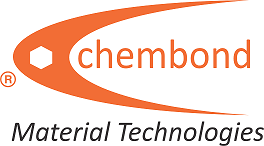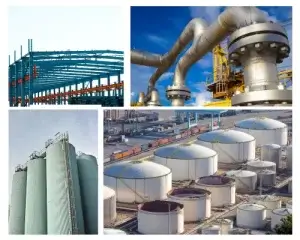Metal surfaces are susceptible to various issues, from oxidation to impurities that can affect their strength and functioning. One effective way to address these issues is through the pickling process. This guide covers the details of pickling, the procedure involved, and the advantages it brings to metal surface treatment.
Procedure of Pickling
Solvent Degreasing The first step is the removal of dirt, grease, and oil from the surface of the metal through solvent degreasing. This is essential to ensure that the pickling solution can effectively target the metal’s impurities.
Dipping in Pickling Solution The metal is then immersed in a pickling solution, usually either Hydrochloric acid or Sulphuric Acid. The efficiency of the pickling depends on several factors including the type of scales, concentration, temperature, and how long it is left. This chemical bath eliminates oxides and scales, providing a clean base for further treatment.
Hot Air Drying After pickling, the metal is rinsed with water to eliminate any remnants of the pickling solution. Subsequently, hot air drying is used to prevent water spots and make sure the surface is totally dry.
Application of a Layer of Oil To protect against oxidation, a layer of anti-rust oil or rolling oil is applied, increasing the metal’s storage time. The pickling process leaves the metal with a clean, slightly etched surface, creating a perfect foundation for more robust coating adhesion.
The Benefits of Pickling: Its More Than Just Cleanliness
Improved Corrosion Resistance Pickling removes impurities and scales, allowing metals to form a uniform oxidized surface layer that serves as a shield against corrosion. This is particularly important for metals like steel, enhancing their rust-resistance and defense against external elements.
Enhanced Surface Smoothness The acid baths used in pickling dissolve imperfections like pits and cracks, resulting in a super-smooth surface. This not only improves the metal’s look but also helps with better bonding of subsequent coatings.
Improved Coating Adhesion Clean and pickled surfaces provide an excellent base for coatings like paint or powder coating. The process chemically cleans and roughens the metal surface, ensuring strong adhesion, longer-lasting coatings, and increased durability.
Restored Electrical Conductivity For metals used in electrical applications, pickling removes oxidized and corroded layers, restoring electrical conductivity. This is vital for guaranteeing the proper functioning of electrical components and wiring.
Characteristics of Pickling Agents Hydrochloric Acid (HCL)
Effective even at room temperature High pickling speed Dissolves all scale types of Low attack on the base metal Minimal over-pickling Easy to rinse Results in a brighter, cleaner surface Kem Ecorite: Enhancing the Pickling Process Kem Ecorite acid inhibitors are essential to improving pickling efficiency. With benefits like reduced iron build-up, decreased acid consumption, and enhanced surface finish, these inhibitors contribute to the success of the pickling process.
Pickle Rinse Additive The Kem Ecorite pickle rinse additive, made for HCl pickling, provides exceptional stop-stain protection, improved rinsing, and protection of coils from storage corrosion. Its chelating functions guarantee rapid inhibition of stain formation during line stops, preserving the integrity of the pickled metal. In conclusion, the power of pickling is immense. As a fundamental step in metal surface treatment, pickling brings both aesthetic and practical benefits. By addressing impurities, strengthening adhesion, and boosting corrosion resistance, pickling creates a suitable surface for a successful metal finishing or plating process. Remember to prioritize safety precautions when dealing with hazardous chemicals during the pickling process to ensure optimal results and a safer working environment.
Re-structuring the same concept, it can be said that the use of technology has become an integral part of our daily lives. In today’s world, it is difficult to imagine a day without it. Technology has become a vital element of our lives, and it is visible in almost every aspect of our lives.




